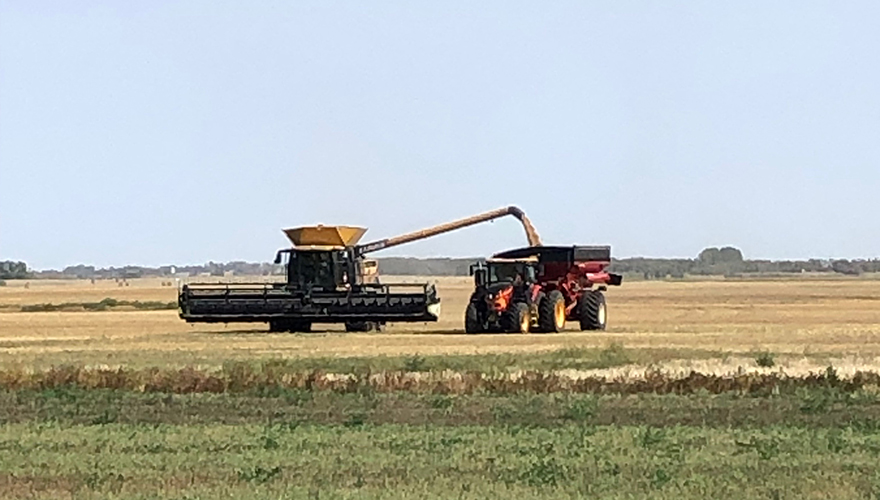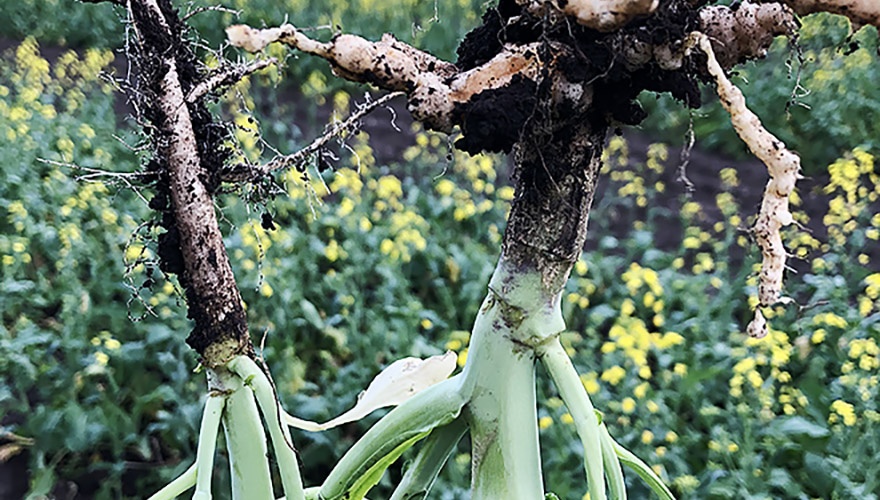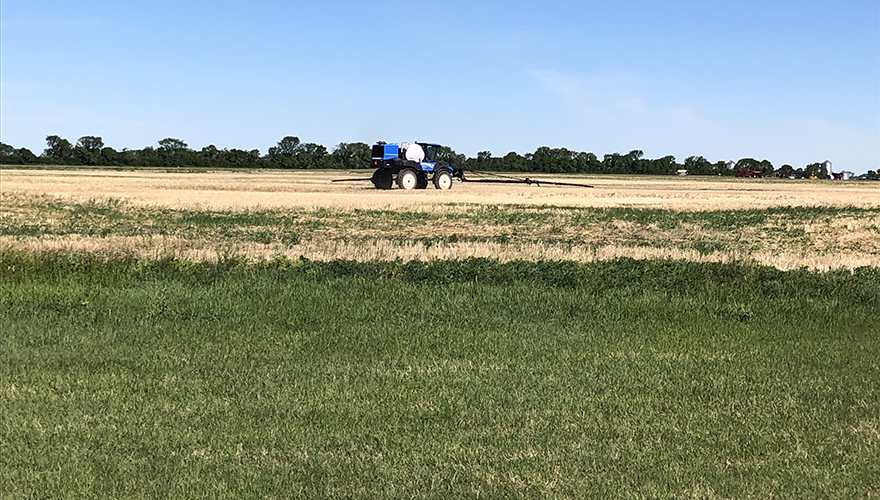Posted Febrary 10, 2020 | By: Ernie Nycholat
What Are Biostimulants?
As an agronomist, I’m often asked about new products. Every year a variety of new products come to market. One area that has really emerged in the last decade is biostimulants.
These are not fertilizers or pesticides, but a wide array of biological products that enhance plant growth.
Biostimulants as defined by the agriculture industry are substances or microorganisms whose function, when applied to plants or the rhizosphere (soil zone directly surrounding the roots), is to stimulate natural processes to benefit nutrient uptake, nutrient use efficiency, tolerance to abiotic stress and/or crop quality, independently of its nutrient content.
From the definition you can see that it’s a diverse group of product technologies used to enhance existing agricultural products and crop inputs. They do not replace the current portfolio of fertilizers and pesticides.
The products include bacterial and microbial inoculants, biochemicals, humic and fulvic acid and seaweed extracts. These products may enhance plant hormonal functions to better tolerate abiotic stress caused by salinity, drought and extreme temperatures. Other biostimulants may cause positive effects on the plant such as more root growth, more root hairs, greater water holding capacity or increased microbial activity that leads to greater nutrient availability.
The list of enhancements is impressive, but remember results vary greatly. Many of the products show benefits in the lab, greenhouses or even other parts of the world. The challenge is to correlate benefits to actual local field results.
The industry is resourcing this sector heavily. Sales of biostimulants is currently $2B worldwide and is forecasted to double in the next five years. Advances in biostimulants will occur.
While work in this area is progressive, proceed with caution. Do your homework and learn about the product. Ask for local data and start with a small trial on your farm. Work with your agronomist or local retail. Conduct replicated trials and prove to yourself that you can obtain the benefits you desire for your farm.
FEATURED LINKS
NEWSLETTER
Want to stay caught up in all things agriculture? Sign up for the newsletter and get all the latest news straight to your inbox.
Protecting Your Farm From Financial Risk
Posted Febrary 26, 2020





